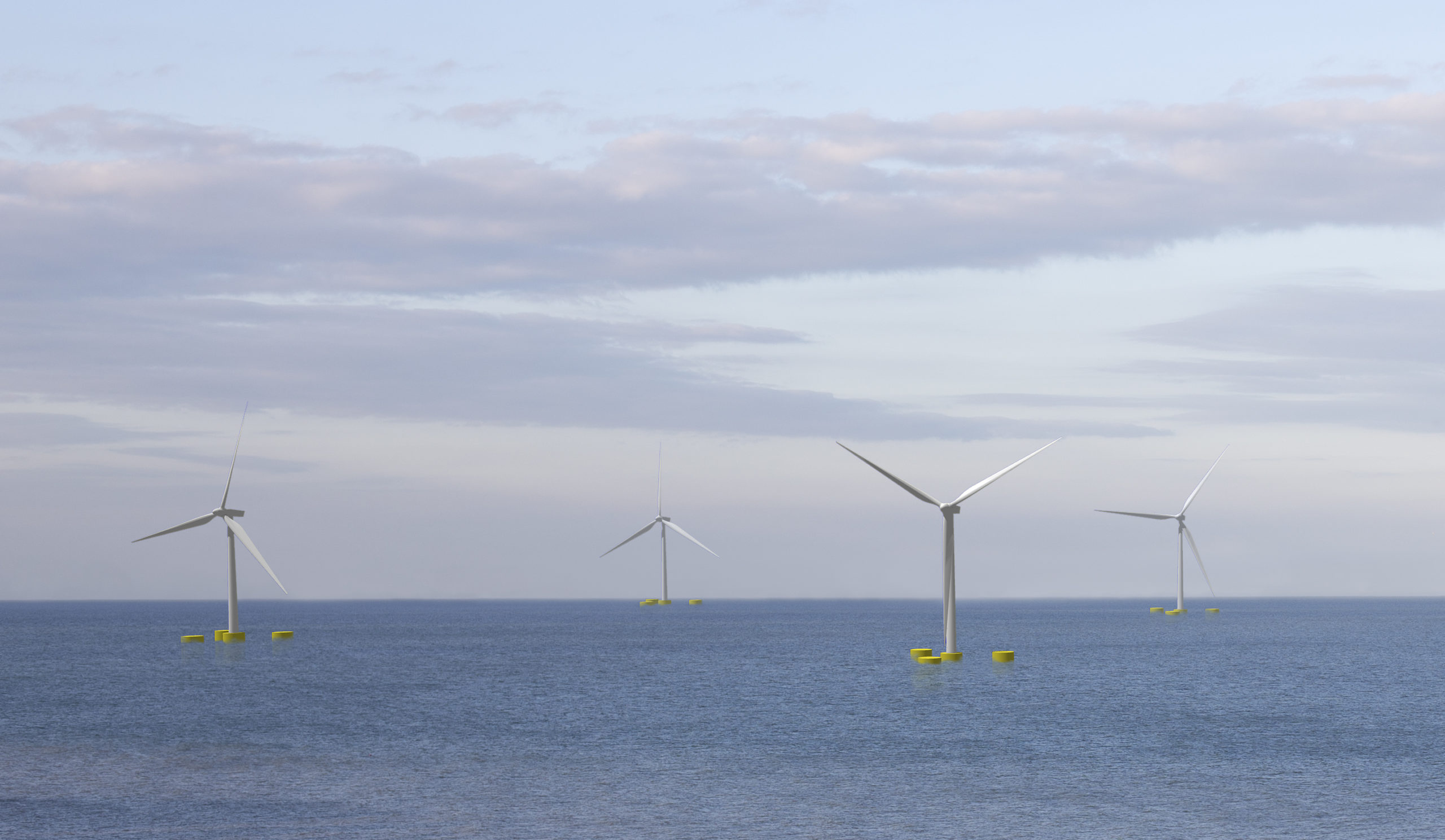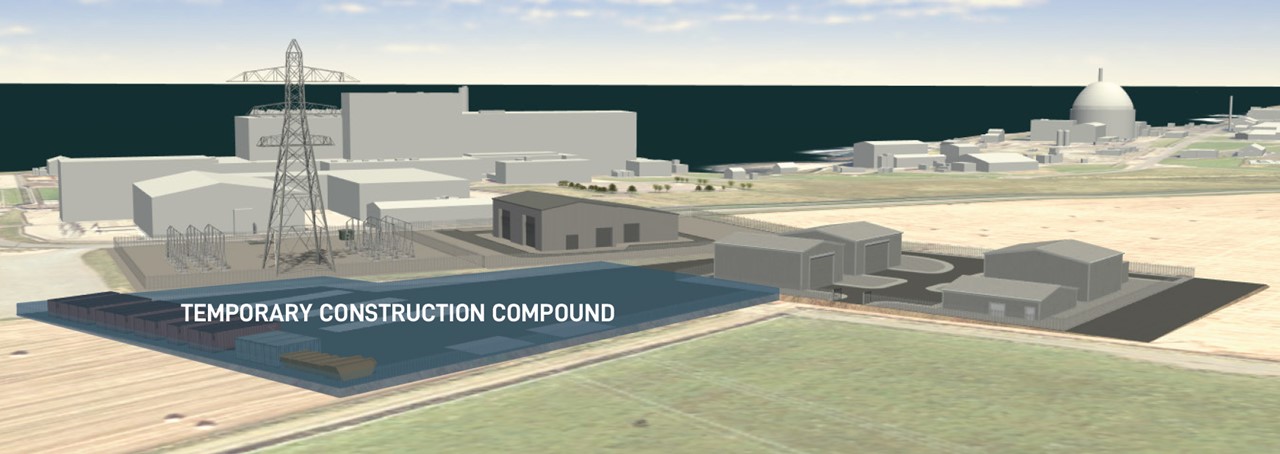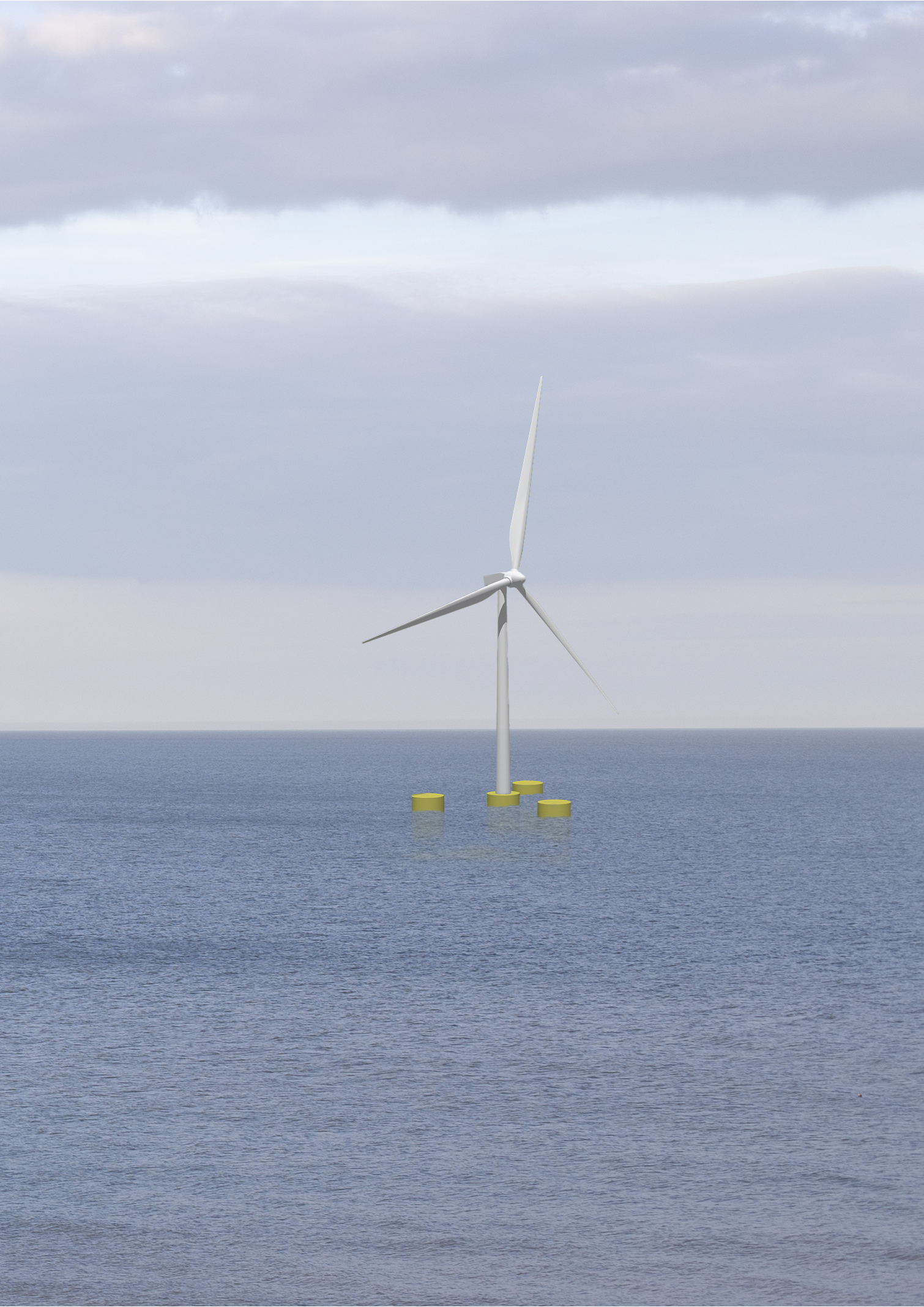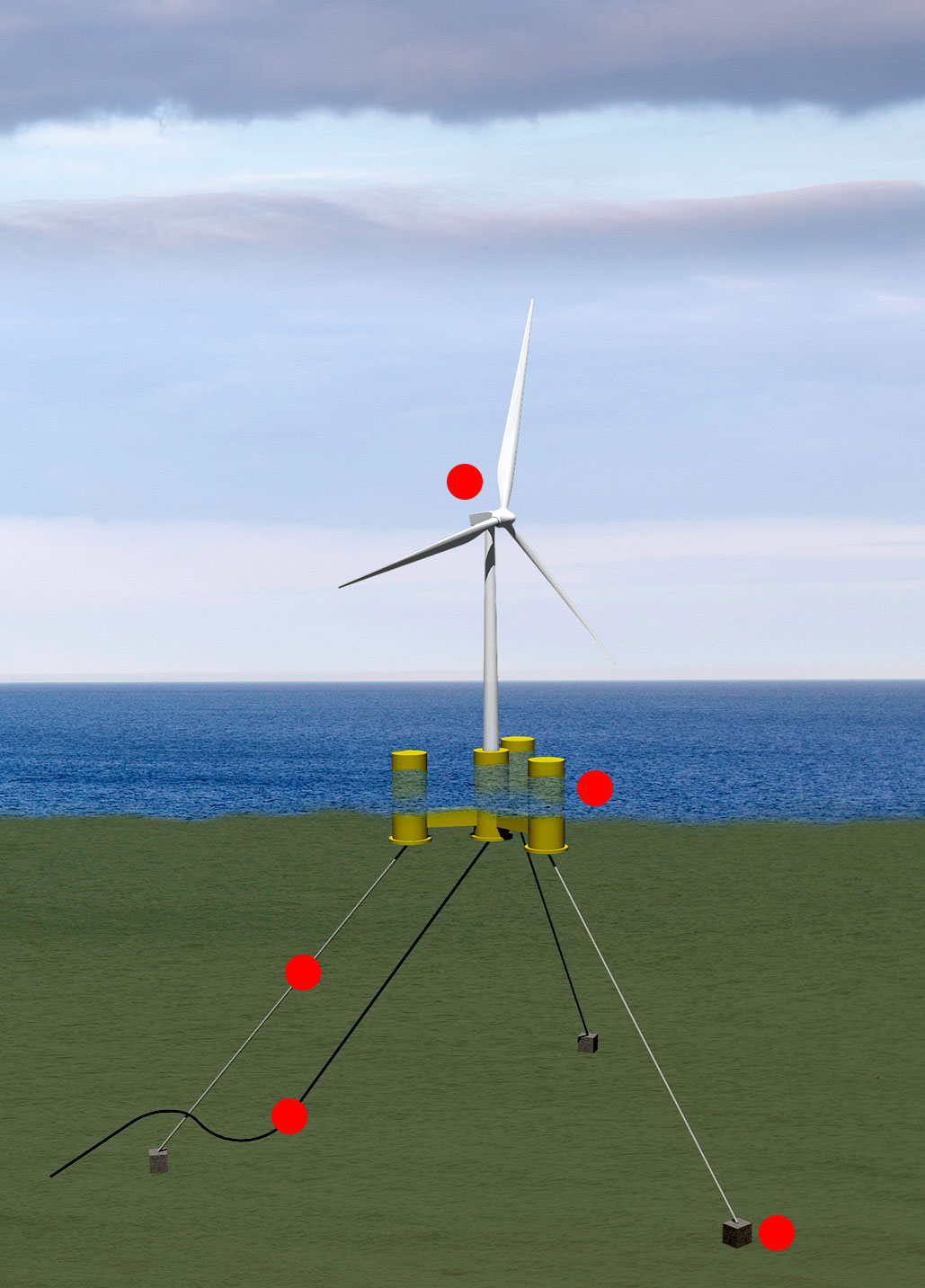Technology
Floating Offshore Wind – key to achieving net zero and potential for Scottish Supply Chain
Currently the majority of offshore wind farms in Scotland are fixed directly to the seabed, there are only two floating wind farms in operation.
Unlike traditional fixed bottom wind farms, floating wind farms use wind turbine generators mounted on a floating substructure which is connected to the seabed using mooring lines and anchors.
Much of the seabed around Scotland is too deep to be well suited to fixed bottom turbines.
Floating offshore wind provides a technological solution which enables the production of large amounts of renewable energy which will underpin Scotland and the UK’s energy transition and is key to achieving net zero.


